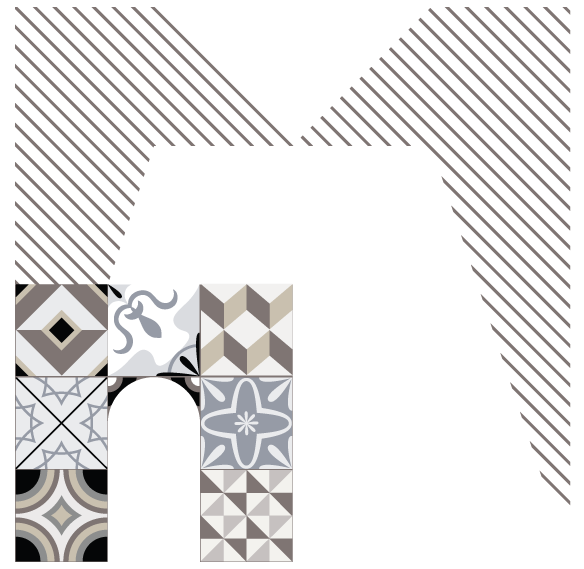Just off the coast of Naples and Salerno, between Cape Miseno and Amalfi, a great rock emerges as a dream lost in the cobalt blue of the surrounding sea.
This jewel of the Mediterranean, envied and exalted in some of the most famous lyricals in the world, is the island of Capri.
The inebriating scent of flowers, delicate touches of color, memories of a millennial past, the silent silence broken only by the shouting of the seagulls, are just some of the magical qualities of this mythical island.
According to some scholars, the etymology of the name Capri can be traced back to the Greek word Kapros (wild boar). Others believe Capri is derived from the Latin word Capreae (goat). Caesar Augustus was the first to discover the charm of Capri when he visited the island in 29 BC.
This marked the beginning of the Augustan rule. Subsequently it was followed by its successor Tiberius, which undertook an intensive construction program between 27 and 37 AD, with the construction of 12 villas.
Excavations at Hotel Quisisana brought to light the remains of an Elephas primigenius and Rhinoceros merckii, the discoveries that marked the beginning of Ignazio Cerio’s career as an archaeologist.
Other important achievements were made in the Fossil Cave at Marina Piccola, including a number of neolithic tombs, amulets and bronzes. Today, most of the archaeological finds are kept in the Ignazio Cerio Museum of Capri. Today, only the fortified walls of an ancient Greek acropolis survive as a testimony of their presence on the island.
In 1906, a local physician, Ignazio Cerio, discovered the remains of a number of prehistoric animals and stone weapons during the excavations undertaken to expand the Quisisana hotel.
The great political events that took place in Naples with the consecutive increase in the power of the Angevins, the Aragones, the Spanish and Bourbon dynasties between the sixth and the nineteenth centuries have had little effect on the same island.
Exposed to the threat of a Muslim attack, and left to their own selves, the best defense of the islanders was to desecrate the town of the Navy and take refuge in the mountains.
With few natural resources and a population decimated by pirate raids and pestilence, the islanders’ situation was further aggravated in the 17th and 18th centuries by the rivalry that emerged between two municipalities on the island, Capri and Anacapri, as far as their Respective civil and ecclesiastical rights of jurisdiction.
After the last heroic landing on the island, the French completed the fortifications on the island and remained there until Napoleon’s fall and the restoration of the Bourbons in 1815. It was only then that Capri came out of the long hibernation, ready to embrace the romance of the XIX Century. It was in fact at this time that the island’s magical loneliness and rustic simplicity began attracting visitors, and soon became the favorite seasonal gathering Stay for foreign artists, writers and poets.
In 1826 Hotel Pagano, the first hotel on the island, welcomed the German writer Augusto Kopisch. But it was not until after the Russian-Russian War of 1905 and the great exodus of Russian intellectuals, which Capri really established as a literary and political refuge.
It was during this period that Maxim Gorki also arrived in Capri where he was welcomed by the cosmopolitan environment of the island.
Among contemporary writers, two in particular have a place of honor in the annals of the island’s literature: Swedish Axel Munthe and Edwin Cerio of the island.

